Short answer: Servicing a Hobart Meat Slicer involves regular cleaning after each use, applying food-grade oil to its moving parts, and periodic blade sharpening.
A Hobart meat slicer is a crucial tool in many commercial kitchens, enabling precision cuts of meat in a fast and efficient manner. Like any piece of kitchen equipment, your slicer demands regular service to remain in optimal condition. Servicing your Hobart meat slicer involves a combination of thorough cleaning, sharpening, and potential parts replacement. This not only ensures that it functions effectively but also helps to maintain the highest standards of food safety.
Importance Of Proper Slicer Maintenance

Maintaining your Hobart meat slicer is paramount to extending its lifespan, ensuring food safety, and delivering quality food preparation. By regularly cleaning, sharpening, and servicing your slicer, you prevent food particle build-up, cross-contamination, and inefficient operation, resulting in a smoother-running kitchen and satisfied customers.
How To Service Hobart Meat Slicer?
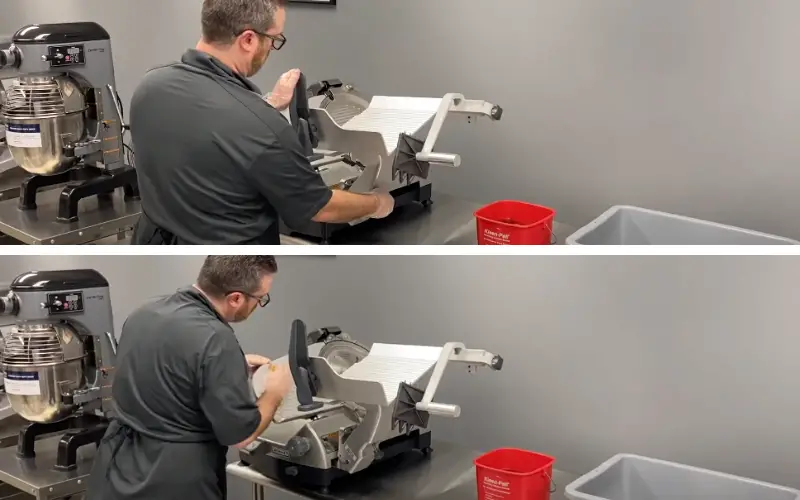
Disassembling The Slicer
Step 1: Remove the carriage, knife, knife cover, and ring guard. These parts are all removable for cleaning purposes.
Step 2: Place the carriage and ring guard in a detergent solution in a three-part sink. The solution should be at least 110 degrees.
Step 3: After washing, rinse, sanitize, and air-dry these parts.
Cleaning The Internal Components
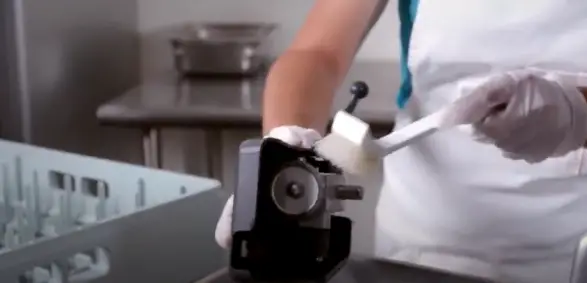
Step 1: After disassembling, you’ll find hard-to-reach areas and internal mechanisms.
Step 2: Use a small brush to clean these sections and remove any stuck grime.
Step 3: If necessary, apply a safe lubricant to loosen any stuck parts. Refer to your slicer’s manual for guidance on this.
Sharpening Hobart Meat Slicer
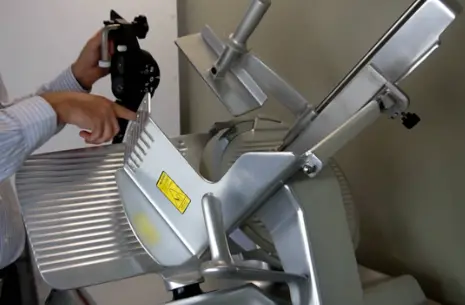
An essential part of servicing your slicer is keeping the blade sharp. Here’s how:
Step 1: Start with a clean knife to avoid food particles being transferred to the sharpening stones.
Step 2: Remove the top knife cover and plastic ring guard.
Step 3: Hold the knife-on button for 15 seconds while pushing the sharpening level fully forward, then pull the handle for 5 seconds.
Step 4: After sharpening, ensure you clean and sanitize the unit to remove any knife particles from the slicer.
Replacing The Adjustment Knob
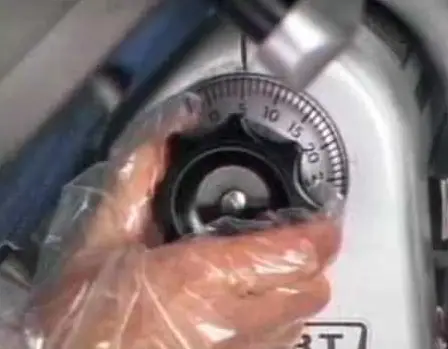
Step 1: Remove the back panel by taking out the four flat-headed screws.
Step 2: Unfasten the lock nuts and remove the old, stripped-out adjustment knob.
Step 3: Install a new knob, and ensure it adjusts the table up and down smoothly.
Reassembling Your Hobart Meat Slicer
Step 1: Begin by reassembling the parts that were cleaned and sanitized.
Step 2: Make sure to secure all bolts and nuts properly.
Step 3: Install the newly serviced parts.
Step 4: Give your slicer one last wipe-down to ensure it’s clean and ready to go.
FAQs
How often should I clean my Hobart meat slicer?
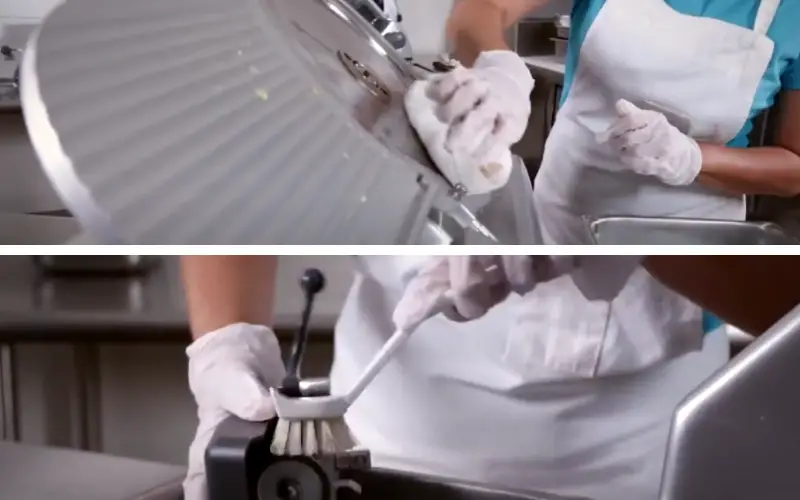
You should clean your slicer after each use to prevent cross-contamination and build-up of food particles. This includes a thorough cleaning of the blade, the carriage, and all other removable parts.
How often should the slicer blade be sharpened?
The frequency of blade sharpening depends on the volume of use. For high-volume environments, weekly sharpening might be necessary. For lower-volume use, once a month could be sufficient. Always keep an eye on the quality of your cuts – if you notice they’re becoming less precise, it might be time to sharpen the blade.
What safety measures should I follow when using the slicer?
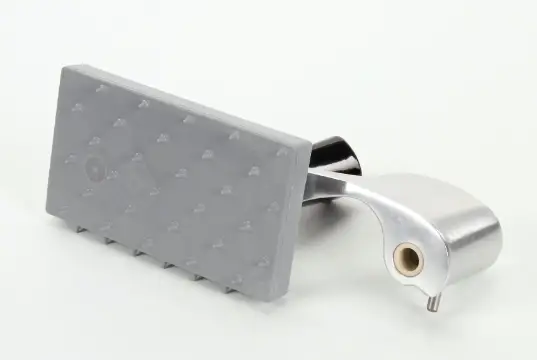
Always use the meat grip arm and never place your fingers near the blade. Always ensure the slicer is switched off and unplugged when not in use or when performing maintenance or cleaning.
When should I replace parts of my Hobart slicer?
You should replace parts of your slicer when they show signs of wear and tear or malfunction. Regular servicing and maintenance can help extend the lifespan of your slicer’s components, but eventually, parts like the blade, carriage, and adjustment knob will need to be replaced.
Conclusion
Your Hobart meat slicer is a valuable piece of kitchen equipment that requires regular maintenance and care. By properly cleaning, sharpening, and servicing your slicer, you can ensure its longevity and efficiency, contributing to a smoothly running kitchen and consistently high-quality food. Remember, safety should always be a priority when using and maintaining your slicer.

John Hebdon is a food enthusiast, passionate chef, and author of various articles and blog posts related to food and cooking. With a deep love for all things culinary, John’s blog serves as a platform to share his extensive kitchen experiences with a broader audience.
In addition to his culinary expertise, John has a flair for writing and a natural ability to share his passion for food with others. His articles and blog posts are informative, engaging, and packed with practical tips for readers of all skill levels.
As a food enthusiast and writer, John is always on the lookout for new and exciting culinary experiences. Whether it’s trying out a new restaurant, experimenting with a new recipe, or simply sharing a favorite dish with friends and family, John is always eager to explore and share the world of food with others.







